Condensation happens when hot air comes in the touch of the cold surface. Also, it is caused by excessive humidity in your home, which leads to the creation of water. The water collects as droplets on any cold surface in your home. Commonly, this happens usually in the winter season, if you have a heating system. The hot air from your heater gets in the touch of the surfaces having a lower temperature, and fails to retain the same moistness as it had. As a result, this leads to condensation followed by mold. It is harmful to your interior, window, and health.
Condensation also takes place on your window. Generally, glass windows are cooler surfaces. Water vapor in the air leaves droplets on cold surfaces in your rooms. Whenever hot air carrying vapor comes intact on cold surfaces like your glass window, it releases moisture in the air, which is collected on the surface as droplets. Eventually, this is condensation.
Condensation leads to mold. Sometimes, it also causes rot on your wooden furniture. Also, condensation is unhealthy for you. In the long term calculation, condensation is harmful to both your health and interior. Surprisingly, it may cost you high electricity and repair bills.
It is better to prevent condensation before it is too late. You can follow a few countermeasures to prevent condensation before forming.
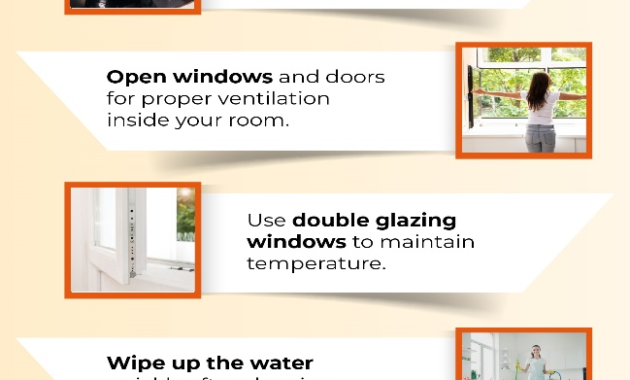
1. Keep Bathroom Exhaust Fan On While Taking a Shower
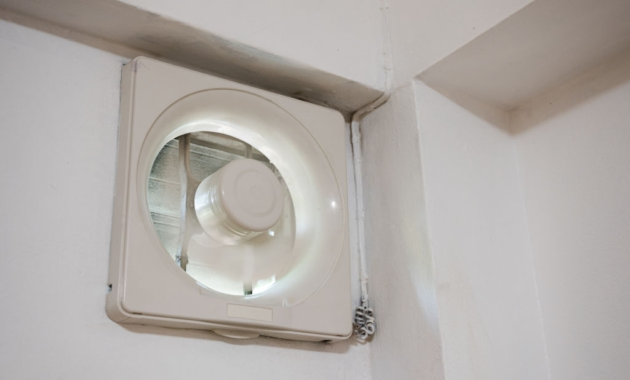
Your bathroom is an ideal place to help condensation. You should keep your bathroom exhaust fan on while taking a shower. It’ll help to extract the stem created while using warm water in a cool place. This will reduce the amount of left-behind droplets on your bathroom walls and mirrors.
2. Close Kitchen and Bathroom Doors Properly
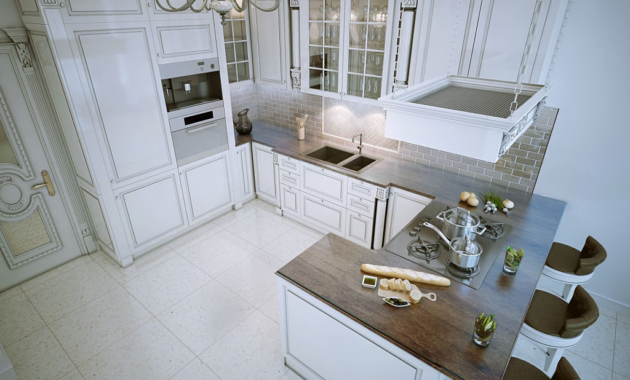
The kitchen is the place to produce condensation very quickly. So, you need to ensure your kitchen door is closed while using them. Closing the doors will help you to stop hot stem getting out, inside your colder rooms to form condensation.
3. Never Miss Out Using a Fry Pan Lid When Cooking
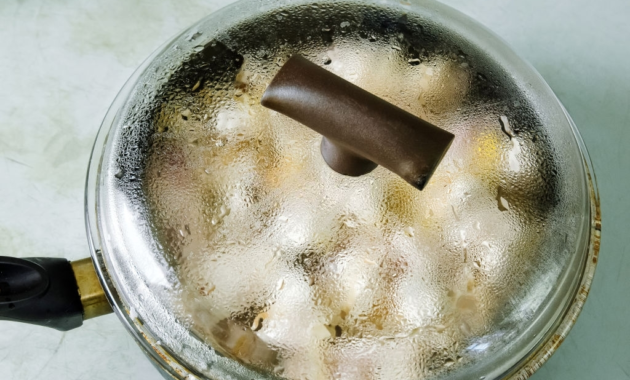
While cooking, you must ensure cooking with a lid on your pan. Also, if you have a heat sink hood above your burner, don’t forget to keep that on. This will help to prevent condensation formation. Besides, to ensure this process keeps going right, you need to keep your extractor fan on. You should not turn it off just right after cooking. Remember that, there’s still warm air that keeps pressing on. Thus, you’ll easily prevent condensation from taking place.
4. Open Windows or Doors after A While When the Outside Temperature Is Quite Different
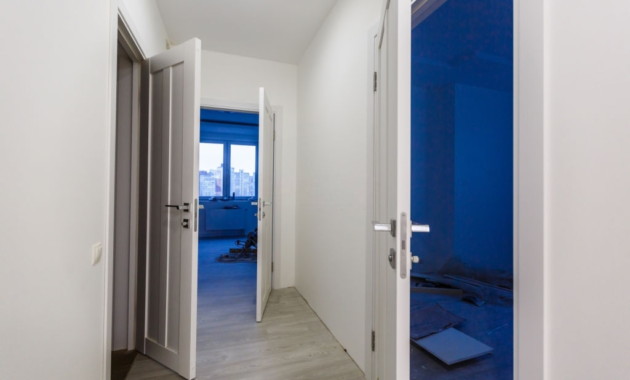
As you are using your room in general-purpose, most of the time, whenever the outer weather is a bit warmer, open up the windows wide. It is to confirm the proper ventilation inside your room. Among various reasons, breathing is a valid reason for condensing. So, opening the windows will check on the ventilation to keep the condensation away.
5. Install Insulated Glass Windows
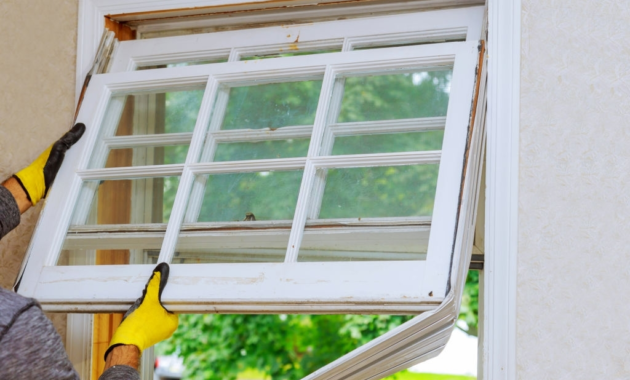
Installing double glazing windows and draft proofing will confirm the internal heat kept intact in your home. This insulated glass is opted by most of the homeowners. Because, these glass types reduce your energy bills, by maintaining an intact environment in your home. By installing one of these might save you both money and hassle.
6. Tidying the Floor Quickly After Washing it
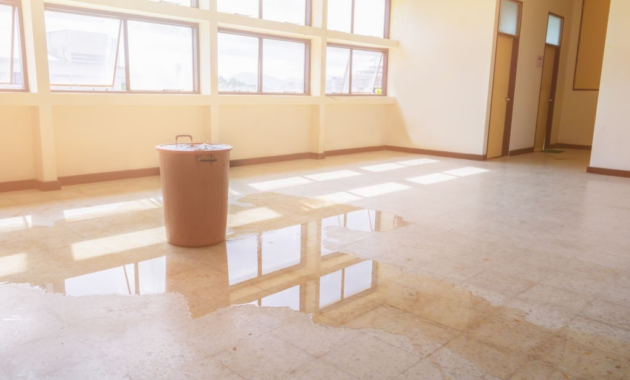
You might not have an extractor fan in your residence. So, you need to wipe or clean water properly after cleaning the floor. Similarly, you need to confirm proper water drainage after cleaning. Do it before the moisture sets on the surface like walls, ceiling, or mirrors. This moisture can lead to mold if you don’t take care of it.
7. Ensure That Adequate Ventilation System Exists
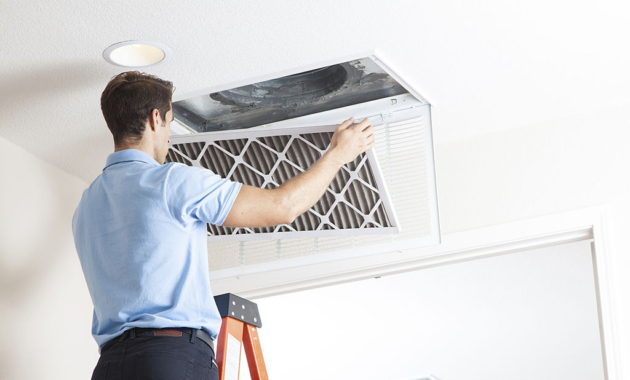
Proper ventilation is the prime key to avert condensation inside your home. You need to ensure adequate ventilation to keep condensation away. The condensation may cause damp inside your home that can cost you money. You can install a double glazed window, insulated walls, extractor fans, or heating system in your home, to ensure proper ventilation. A whole-house ventilation system may provide a condensation-proof environment. Also, it will increase the energy efficiency of your residence. So, undoubtedly adequate ventilation is a must to allow the moist air to get away from inside of your home.
8. Don’t Place Wet Kitchen Utensils Inside Cabinets Just After Washing Them
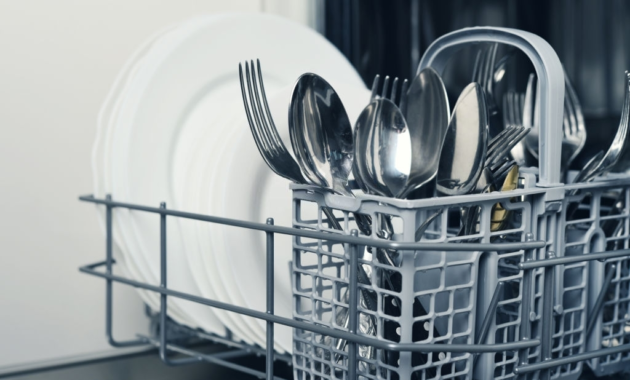
As you already know, water leads to moist air and moist air leads to condensation. So, you should not put your kitchenware inside cupboards just right after washing. The excess water will create a humid environment for lack of ventilation. This will result in condensation. Also, this might cause rot inside the cupboard. Especially, if you are using a wooden one. So, it will be better, if you put your kitchen utensils inside cabinets after making them dry with a wipe or dryer.
9. Avoid Overfilling Wardrobes
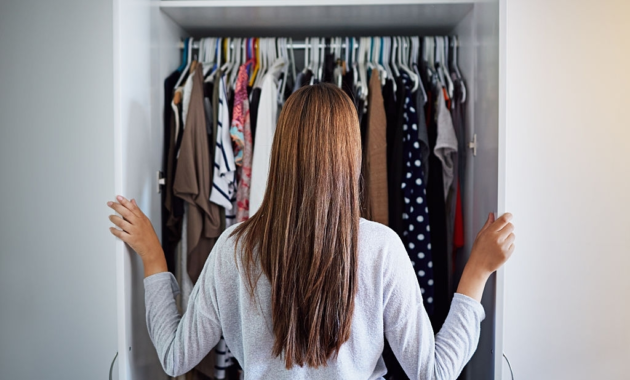
You should not ever overfill your wardrobes or kitchen cupboards. Insufficient ventilation and moisture stuck inside overfilled wardrobes can be the nursery to grow mold. As air can’t circulate inside. Sometimes, you may find a swampy odor or damp feeling from your clothes. That is surely happening for overfilled wardrobes.
10. Keep Adjusting Interior and Exterior Temperature Especially In the Humid Climate
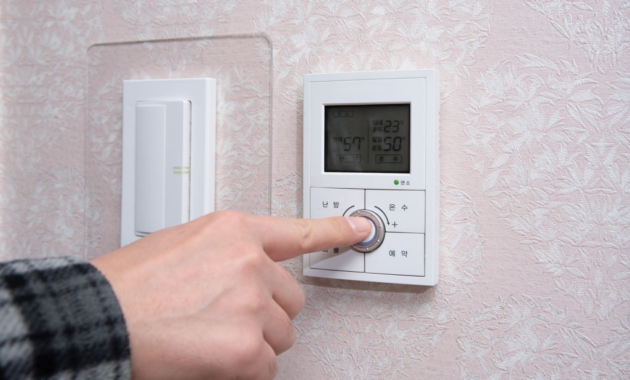
You can also inspect your interior and exterior thoroughly. Over time, your exterior might get damaged. The damaged ceiling or window might leak in water and help condensation. Also, you can keep your interiors away from the walls of your home. As the narrow passages make the air cold while passing through. Especially in monsoon, you should keep changing the inside-out temperature. You can easily keep track of the moisture using a Moisture Meter, to prevent the formation of condensation.
These few “not so hard” steps can save you a lot of hassle and money. So you may give it a try and practice it for the betterment of your home. A small stem can save you from a lot of further troubles.